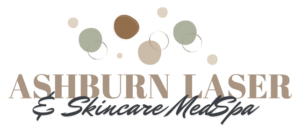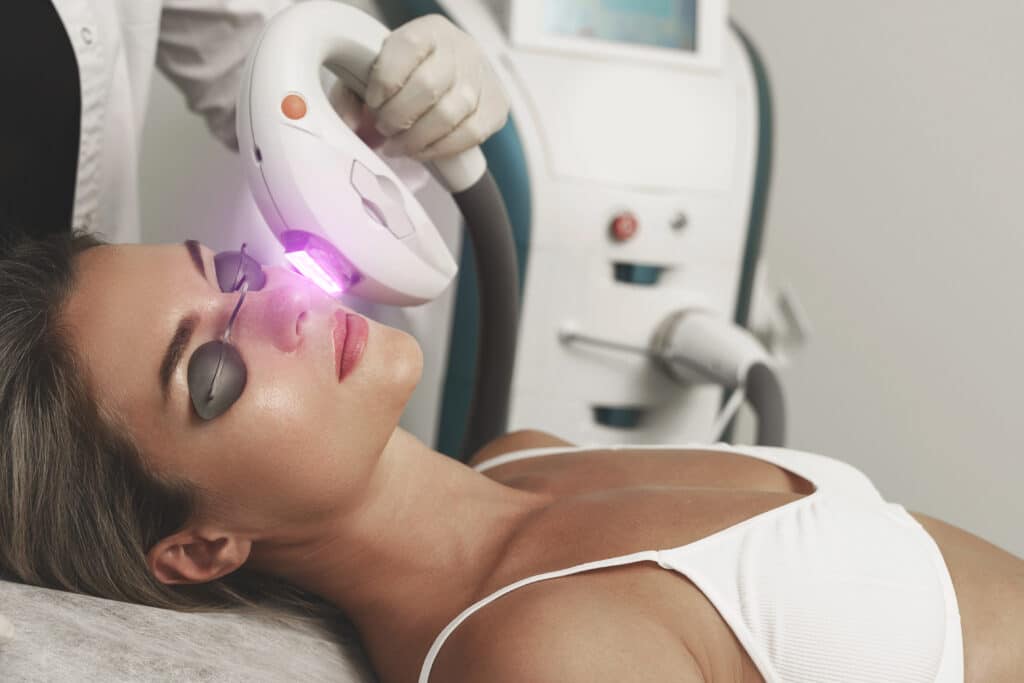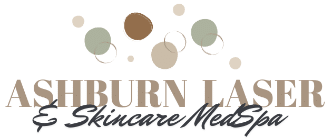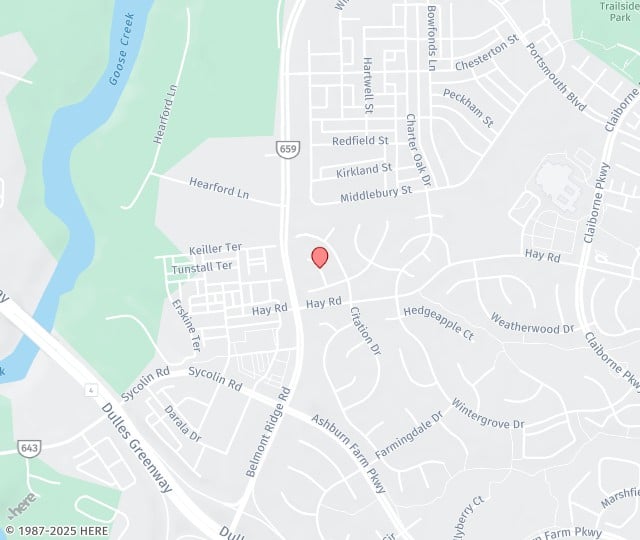When it comes to rejuvenating your skin and reversing signs of aging, laser skin resurfacing is one of the most effective, non-surgical solutions out there. Whether you’re looking to smooth out wrinkles, reduce acne scars, or even out skin tone, this powerful treatment can help restore that youthful glow. But how does it actually work—and is it right for you? Let’s break it down.
💡 What Is Laser Skin Resurfacing?
Laser skin resurfacing is a cosmetic procedure that uses concentrated beams of light (lasers) to improve skin texture and appearance. By removing the outermost layers of damaged skin and stimulating the production of new collagen, it encourages healthy skin regeneration from the inside out.
There are two main types of lasers commonly used:
- Ablative lasers (like CO2 or Erbium): Remove thin layers of skin, making them more intensive but highly effective.
- Non-ablative lasers: Work deeper in the skin without removing the top layer, resulting in quicker recovery but more subtle results over time.
🌟 Benefits of Laser Skin Resurfacing
- Reduces Fine Lines and Wrinkles
Especially around the eyes and mouth, laser resurfacing smooths out wrinkles and gives the skin a tighter appearance. - Minimizes Scars and Blemishes
Great for acne scars or surgical scars, laser treatments can significantly reduce their visibility. - Improves Skin Tone & Texture
Say goodbye to dull, uneven skin. The procedure stimulates fresh skin cell growth, resulting in a smoother, more even complexion. - Treats Sun Damage and Hyperpigmentation
Helps correct age spots, sun spots, and discoloration caused by years of UV exposure. - Boosts Collagen Production
Collagen is your skin’s best friend when it comes to elasticity and firmness. Laser resurfacing helps kickstart its production naturally.
🔄 The Process: What to Expect
- Consultation
Your skincare professional will assess your skin type, concerns, and medical history to determine the best type of laser for you. - Pre-Treatment Prep
You might be asked to stop certain medications, use topical products, or avoid sun exposure in the weeks leading up to treatment. - During the Procedure
The area is cleansed, and a topical anesthetic or local anesthesia is applied. The laser is then used to precisely target the treatment areas. It can take anywhere from 30 minutes to 2 hours depending on the extent. - Recovery
Downtime varies by laser type. Ablative lasers may require 1–2 weeks of healing, while non-ablative lasers typically have minimal downtime. Redness, peeling, and sensitivity are normal during this phase. - Aftercare
Proper skincare and sun protection are key. Your provider will give you a detailed aftercare plan to promote healing and maximize results.
🧖♀️ Is It Right for You?
Laser skin resurfacing is best suited for individuals with fair to medium skin tones looking to improve mild to moderate skin imperfections. However, advancements in laser technology are making it safer for darker skin tones too—with the right provider and equipment.
💬 Final Thoughts
Laser skin resurfacing is more than just a beauty treatment—it’s an investment in your skin’s long-term health and vitality. With noticeable results and relatively quick recovery, it’s no wonder this procedure has become a go-to for those wanting to turn back the clock without going under the knife.
Thinking about giving your skin a fresh start? Book a consultation and take that first step toward glowing confidence.



